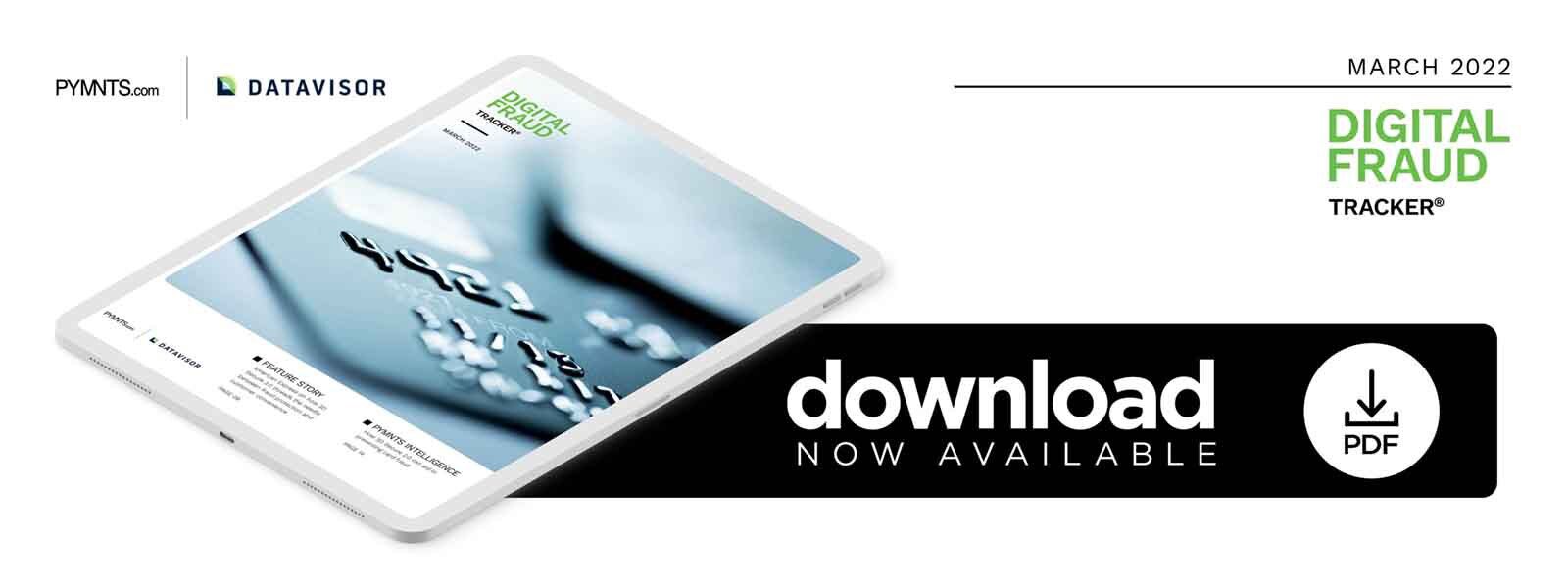PYMNTS Intelligence: How 3D Secure 2.0 Can Help Merchants, Banks and Issuers Put a Stop to Card Fraud

Credit card fraud is a pressing issue for consumers, merchants, banks and card providers, costing a total of $32 billion in 2021 alone. This number is expected to swell to $38.5 billion by 2027, primarily fueled by an increased reliance on online shopping. Fraudsters perpetrating schemes online can conduct payment card fraud digitally en masse without the difficult task of having to steal and use credit cards in person.
While merchants, banks and card providers have leveraged sundry techniques in an attempt to curb credit card fraud — including multifactor authentication (MFA), biometrics and behavioral analytics — many of these methods have proven subpar or vulnerable to loopholes or workarounds, especially when used individually. Many card issuers deployed 3D Secure to prevent this fraud but ran into issues regarding customer convenience and seamlessness.
3D Secure has seen massive improvements, however, with the introduction of the 3D Secure 2.0 protocol in 2016. In this month’s PYMNTS Intelligence, PYMNTS explores how 3D Secure 2.0 works, what makes it superior to its first iteration and how implementing this security protocol can benefit banks and merchants.
An Overview of 3D Secure 2.0
3D Secure 2.0 adds a layer of protection for online purchases, leveraging authentication data, artificial intelligence (AI) and machine learning (ML) to review transactions made by payment cards, either allowing them to proceed or flagging them as suspicious. It does not rely on passwords or other knowledge-based authentication, thus preventing fraudsters from compromising customers’ credentials.
It also eliminates the need for an additional customer-facing security layer, meaning consumers are not forced to encounter authentication-related friction that could result in transaction abandonment. One study found that 3D Secure 2.0 can reduce credit card fraud by up to 40% while approving up to 95% of transactions instantly — all without added consumer input.
The new system offers several advantages over its predecessor, with the most obvious being more seamless integration with mobile devices. The system relies on a behind-the-scenes security layer rather than additional browser redirects and formatting, which may have worked well on full-size monitors but were challenging to navigate on small smartphone touchscreens. 3D Secure 2.0 also works within apps rather than only browsers, offering a more seamless shopping experience for consumers using these apps.
3D Secure 2.0’s other major advantage is its speed, with Visa finding that the time to checkout has been improved by as much as 85% when the protocol is in play. This can be attributed to the system’s more accurate fraud identification capabilities, as it flags just 5% of transactions as potentially fraudulent and in need of further authentication.
The consumer-facing benefits of this new protocol are apparent when compared to its predecessor, but it also has many advantages for banks and merchants.
How 3D Secure 2.0 Benefits Banks and Merchants
The biggest single benefit banks and merchants will experience as 3D Secure 2.0 becomes more widespread is a dramatically streamlined customer experience that removes many of the obstacles that customers have faced when transacting. This, in turn, is expected to reduce eCommerce cart abandonment dramatically.
Consumers abandon nearly 70% of purchases before reaching checkout and clicking “pay,” largely due to frictions during the purchasing process. Reducing these frictions via more seamless fraud detection measures, such as 3D Secure 2.0, could go a long way toward solving this issue.
Another major benefit of 3D Secure 2.0’s implementation is that it enables a collaborative data exchange between card issuers, merchants and banks. One case study of a bank in the Middle East, which saw 24% of its total transaction volume occurring via card-not-present (CNP) transactions, found that the exchange of risk assessment data from 3D Secure 2.0-enabled transactions at eCommerce merchants reduced its overall fraud losses by 40%.
The bank observed several other benefits, with customer service calls being reduced by 95%, customer complaints going down 25% and customer checkout times being reduced by 80%.
Merchants have also benefited because 3D Secure 2.0 shifts the liability for fraud away from retailers and onto banks, which typically have much more capacity to deal with such incidents. Merchants also report that they have experienced significant time savings, as they are no longer on the hook for fraudulent chargebacks and staff no longer have to field fraud complaints.
3D Secure 2.0 is a nascent development compared to many other technologies and measures dealing with fraud prevention, but it has already afforded numerous benefits to banks, merchants, card issuers and individual consumers in the past six years. As the technology matures, additional benefits are likely to emerge as more merchants and banks capitalize on its functionality in the fraud-prevention space.
